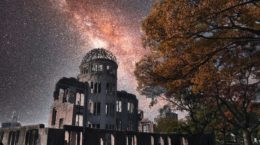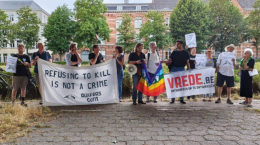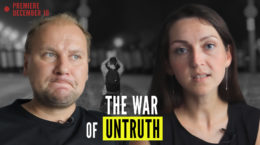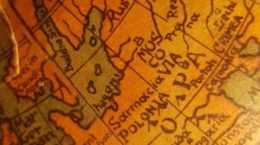Each small step we take today can lead to real change. Yes, they require effort, time, and perseverance. But is that not how history is made? A single river that was saved can inspire an entire movement. A single country’s bold rejection of nuclear weapons—like Belarus once did when it voluntarily surrendered its Soviet-era nuclear arsenal—can become a turning point. A single cooperative environmental project between two nations could break the ice of mistrust and pave the way for lasting peace.
Some may say: there are too many problems—how can we possibly solve them all? But history shows us that humanity has always found a way forward in its darkest hours. When acid rain devastated European forests in the 1980s, nations came together and enacted policies that drastically reduced sulfur emissions. When the world faced the hole in the ozone layer, collective action and the Montreal Protocol phased out ozone-depleting substances, leading to the recovery of the Earth’s protective shield. We stand today at another such turning point, where the climate crisis and the threat of war converge, demanding our collective action.
We do not have the right to surrender. We are the ones whom future generations will ask: “What did you do when the world was on the brink—of war, of climate catastrophe?” And we must be able to answer honestly: “We did everything we could. We fought. And we won.”
I believe in the power of people. I believe that the voices of thousands of young people marching for climate justice have already changed global policy. Just as the voices of anti-war movements have, time and again, halted the arms race. The nuclear freeze movement of the 1980s pressured governments to limit nuclear arsenals. The Fridays for Future movement pushed governments to acknowledge the urgency of climate change. Now, the time has come to merge these two powerful forces into one. The climate wave and the peace wave must become a tsunami of change.
Imagine the Baltic and Belarus 20 years from now:
The Neris River flows freely, families walk along its banks, otters swim in its waters, and a sign reads, “Protected Nature Reserve—Restored Through Collective Efforts.” The Baltic Sea shines with cleanliness, as an international team completes the removal of the last barrel of chemical weapons from the seabed. The Ostrovets nuclear site is no longer a power plant but a vast solar energy park, supplying the region with clean electricity and sustainable agriculture. Belarus has no missiles or nuclear bombs, but it does have forests, nature reserves, and eco-tourism. Visitors from neighboring countries walk freely across borders, enjoying nature, having long forgotten about hostility.
Fantasy? No. This is achievable—if we start acting now.
Consider this: In Germany, the former Iron Curtain has been transformed into the European Green Belt, a vast ecological corridor that spans thousands of kilometers. Where barbed wire once stood, now forests and wildlife flourish. Why not apply the same vision to our own region? Why not replace military zones with rewilded landscapes, nuclear facilities with renewable energy, and pollution with clean air?
Let me conclude with simple words: Peace and the Earth are one. We cannot protect one while destroying the other. Climate disasters fuel conflicts—just as water scarcity has intensified disputes in the Middle East, and deforestation has contributed to land degradation and social unrest in Africa. At the same time, wars devastate the environment—turning fertile land into wastelands, poisoning rivers, and destroying ecosystems.
Let our motto be: “No climate—no peace. No peace—no climate.” We will fight for both—and we will win because truth and life are on our side.
Each of you is a crucial part of this fight. Do not underestimate the power of your actions. Sign petitions, join marches, educate your neighbors and colleagues, and support one another. Our voices are more powerful than bombs—because they create hope, not fear.
Let us turn this inspiration into action. For the Neris. For the Baltic Sea. For peace. For the climate. Let our children live on a flourishing Earth—not among ruins. And let them remember those who, in 2025, had the courage to stand up and say: “Let there be peace. Let there be a clean planet.”
We can do this. We will do this—together.
![]()










